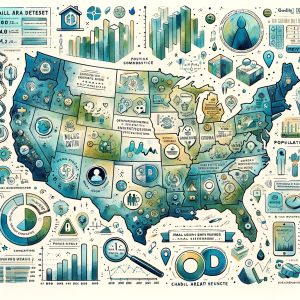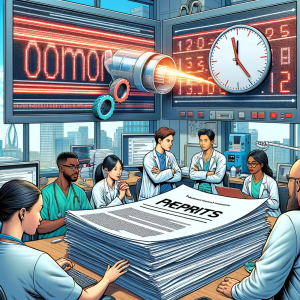Metaphors as a Tool for Vaccine Conversations
In a world where health misinformation can spread as virulently as a pandemic, understanding how to effectively communicate complex medical information is more crucial than ever. A recent study titled “Seatbelts and raincoats, or banks and castles: Investigating the impact of vaccine metaphors” provides significant insights into how metaphors can shape our understanding and attitudes towards vaccines, a tool that’s become indispensable in the modern public health arsenal.
The Study at a Glance
Researchers embarked on a journey to decipher the influence of metaphors in health communication, particularly in vaccine discourse. By comparing responses to vaccine-related health messages, both metaphorical and literal, they aimed to see which ones resonated more with individuals and whether this resonance translated into a change in attitude towards vaccines. The findings from this exploration are fascinating and vital for health practitioners and communicators worldwide.
Metaphors in Health Messaging: A Double-Edged Sword?
The study’s findings revealed a nuanced view of how metaphors work in health communication. Surprisingly, it found that while metaphors didn’t significantly enhance the effectiveness of health messages compared to literal language, they didn’t diminish it either.
This outcome underscores a key point: metaphors are as good as literal text in conveying health information but have an added advantage — they make people talk more.
In the context of vaccine communication, where hesitancy can stem from a lack of understanding or fear, having individuals engage more deeply and talk more about the subject is a win. Metaphors like ‘raincoats’ and ‘banks’ served not just as educational tools but as conversation starters, a critical aspect when dealing with public health issues.
Implications for Public Health Practitioners
For public health practitioners and health communicators, this study offers a blueprint for crafting messages that resonate. Using metaphors can be a strategic tool, especially in areas plagued by vaccine hesitancy. Communicators can foster greater engagement and understanding by incorporating relatable and well-thought-out metaphors into the public health discourse.
However, the study also serves as a cautionary tale. Not all metaphors will work universally. Understanding the target audience, their backgrounds, and how they might perceive certain metaphors is crucial in ensuring that the message is received and accepted.
Engaging the Audience: The Role of Health Communication
The art of communication in health matters cannot be understated.
This study shows how information is presented can significantly impact how it’s received and acted upon. As we navigate through continuous health challenges, the ability to convey complex information understandably and engagingly remains paramount. Metaphors, when used judiciously, can be powerful allies in this endeavor.
In a world filled with complex health challenges, the role of effective communication is undeniable. As this study suggests, metaphors can potentize the public health communicator’s arsenal, helping demystify complex topics like vaccines and fostering a more informed and engaged public.
Conclusion
As we continue to navigate the ongoing pandemic, the insights here are more than academic. They offer a real-world guide on how health communication, particularly around vaccines, can be made more effective and engaging through the strategic use of metaphors. For anyone involved in public health, understanding and applying these insights could significantly impact how communities perceive and engage with health interventions.
Elevate Your Insight with Every Issue!
Ignite your journey as a public health change-maker through ‘This Week in Public Health.’ Each edition draws you nearer to the pulse of community health, pioneering research, and advocacy. Beyond mere news, it’s your catalyst for transformation. Become a part of our community of enlightened individuals dedicated to driving positive change in public health every week – subscribe for free now!



